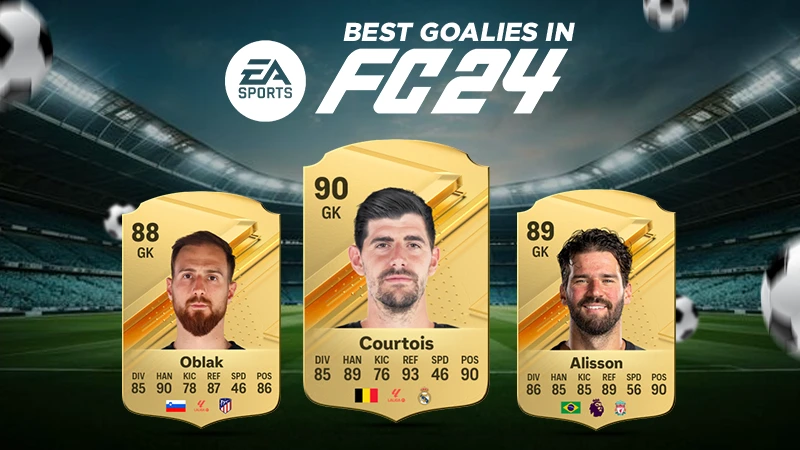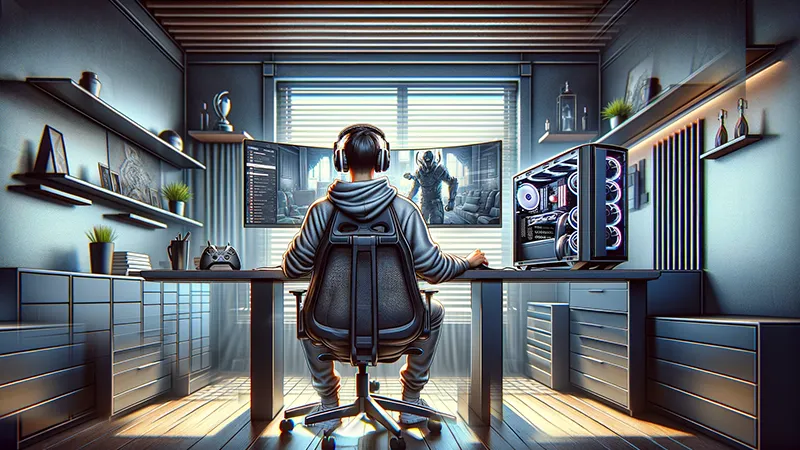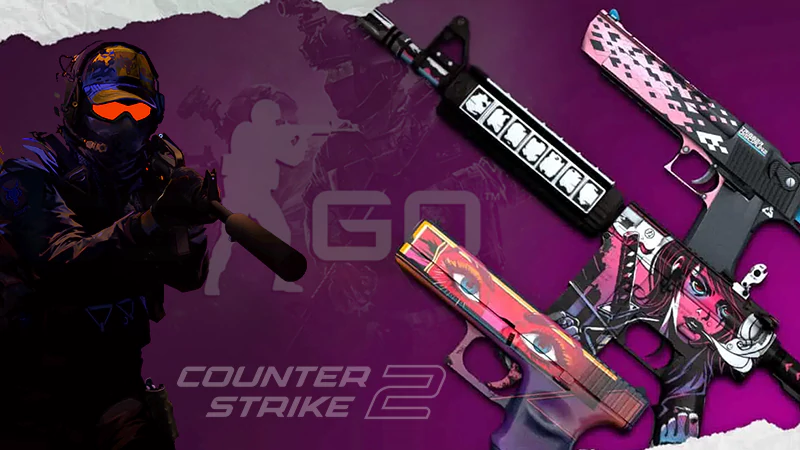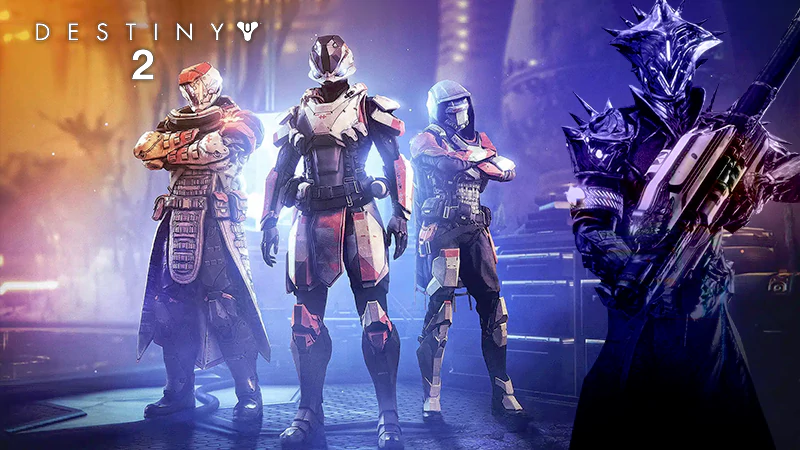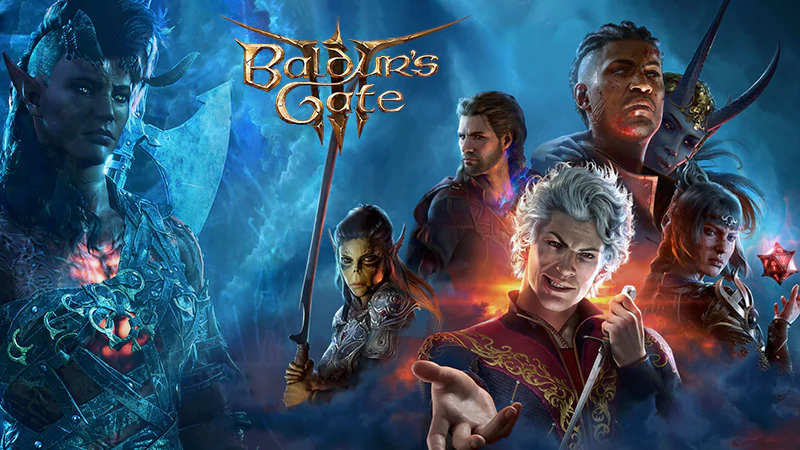Video games are very hard to create. From coming up with ideas and stitching together small concepts and ideas with code to running on your preferred device screen, it takes a lot of steps to make a memorable game. Dedication and skills are not enough to pull through to make a game successful.
In this article, we’ll discuss the stages of development a video game goes through to come to your screen and the problems it may face in the project development cycle.
Conceptualization and Idea Generation
The first stage of game development is the conceptualization and generation of ideas. This is where you get to decide what kind of game you want to make, and it’s also where you start figuring out the basic elements of your game: characters, storylines, ideologies, concepts, etc.
Idea generation techniques can be used at this stage to help generate good ideas for your game concept. For example:
- Brainstorming sessions with other people who have similar interests as yours (or even just friends who are willing to listen) can help generate new and unique ideas for games that haven’t been thought of yet by others in the industry.
- Watching movies or reading books about topics related to your chosen genre of gaming can inspire some great new concepts for how players interact with each other online and what kinds of characters might populate those virtual worlds.
For more detailed information on the game development process, you can visit: https://kevurugames.com/blog/6-key-stages-of-game-development-from-concept-to-standing-ovation/
Pre-Production and Project Planning
Pre-production and Project planning are the first steps in any game development cycle. This is a time for you to define the scope of your project, identify the resources needed, and schedule their delivery.
Pre-production includes:
- Budgeting – You’ll need to plan how much your game would cost to make. Everything from salaries, equipment, rentals, materials and software and devkits for consoles, etc., have to be factored into the total cost of the development.
- Scheduling – Decide how long each stage of production will take (e.g., 3 months for pre-production). It’s important to consider factors such as team size during this process as well.
In addition to these two aspects of planning it’s also helpful if you can start thinking about other things like team management early on so that everything goes smoothly later on down the line.
When more people get involved in making decisions about certain aspects related to the game, rather than having everyone weigh in, it could cause problems later down the road. It may cause problems if someone doesn’t agree with their peer’s suggestions if things aren’t compatible with their personal preferences.
Designing Gameplay and Mechanics
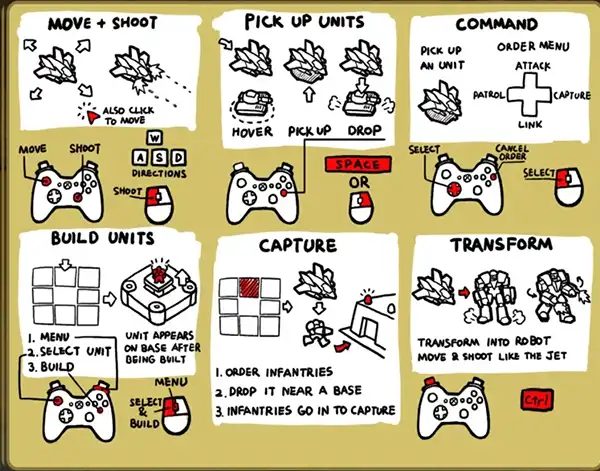
Gameplay and mechanics are a core part of your game. Gameplay is what the player does to progress through the story, quests, or missions. Mechanics are the tools that allow them to do that by assisting or raising and reducing the difficulty accordingly.
For example, if you were designing a platformer game where players jump on enemies’ heads and collect coins as they go along, then those would be examples of gameplay (jumping) and mechanics (collecting coins). You need both types for there to be any sort of challenge or satisfaction when playing your game.
Creating Art and Assets
Art assets are the visual elements of a game. They include backgrounds, characters, props, and animations.
To create art assets for your game, you will need artists who specialize in creating them. Artists can work with many different mediums, including 3D modeling, 2D painting, and animation.
Programming and Development
The programming stage of game development is the process of writing, testing, and debugging computer programs. It’s a creative process that requires imagination, logic, and problem-solving skills. The programmer will work closely with the design team to create a game that meets their specifications and fits within the budget set by publishers or investors.
Testing and Quality Assurance
Testing and quality assurance (QA) are integral parts of the game development process. As you create your game, you’ll need to test it to make sure it works as intended. This includes checking for bugs and other issues with gameplay or functionality that could impact players’ enjoyment of the experience.
Testing should be done early and often throughout all stages of development, but especially during the alpha and beta phases when changes are still being made regularly. It’s also important to consider how testing can be integrated into your workflow: whether you’re doing it internally or outsourcing it, who will do what kind of testing on which aspects of the game?
Distribution and Post-Launch Support
Distribution
Once you have a game, it’s time to get it out there. This is where distribution comes in. There are many ways to do this, but some of the most popular include:
- Self-publishing on your website or store (e.g., Steam)
- Partnering with an indie publisher who specializes in helping smaller teams publish their games (e.g., Devolver Digital)
Post Launch Support and Bug Fixes
Once a game has been released, there are still things that need fixing and updates that can be made to improve the experience for players, and these tasks don’t stop after launch day.
Post-launch support can include anything from adding new features or content patches to bug fixes and community management efforts like live chats with developers or Q&As with players via social media channels like Twitter or Discord servers where they can ask questions directly related to topics such as “how did you make such awesome music?”
Conclusion
We hope this article has given you a better understanding of the different stages of game development. We know that it can be intimidating to start a new project, but we encourage you to keep going.
Whether it’s learning how to code or creating your own story and characters, there are so many opportunities out there for people who want them. Remember: if no one else believes in your idea, at least believe in yourself.


